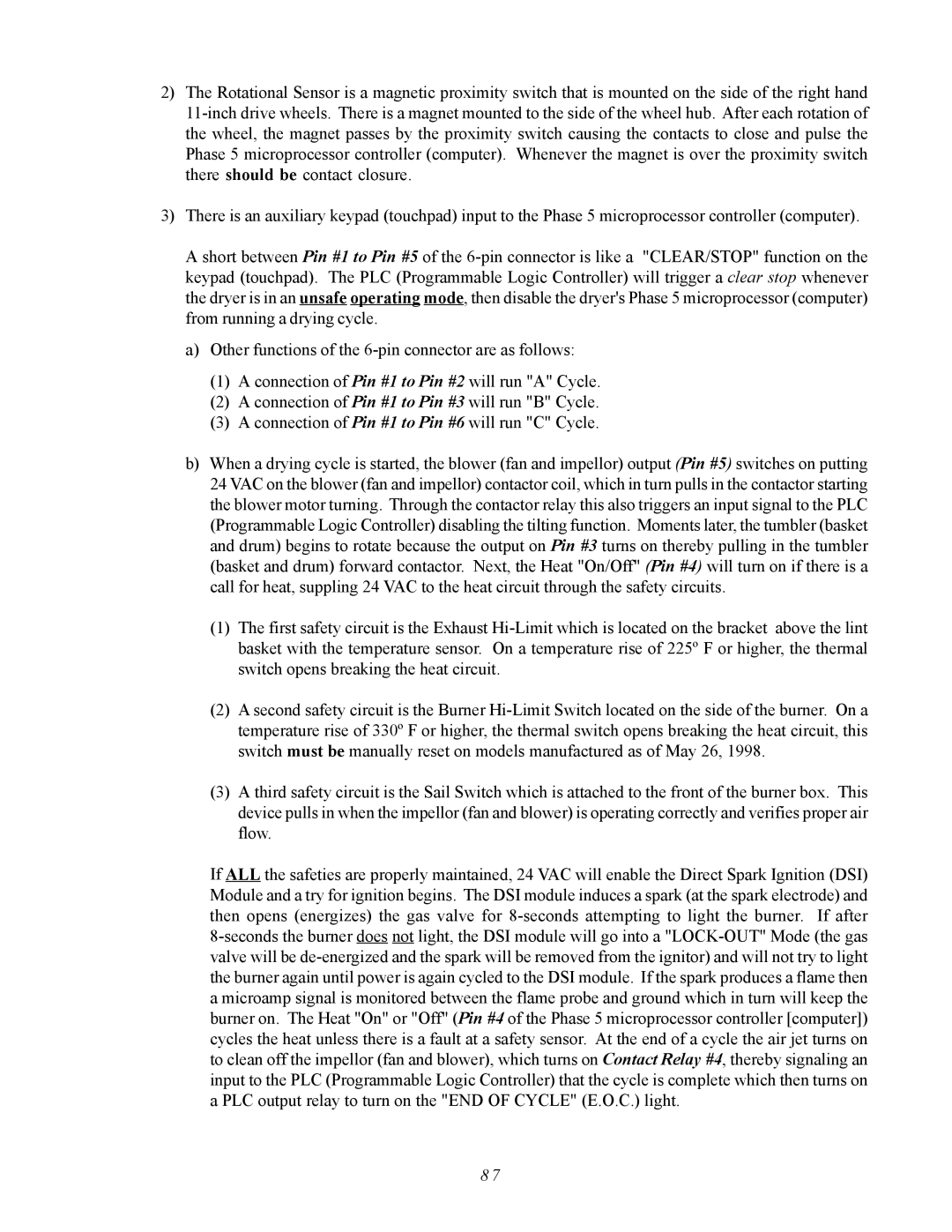AD-310 specifications
The ADC AD-310 is a versatile and compact audio digital converter designed to meet the demands of audio professionals and enthusiasts alike. With its advanced technology and user-friendly features, the AD-310 stands out in the crowded marketplace of audio interface solutions.One of the main features of the ADC AD-310 is its high-resolution audio conversion capabilities. Supporting sample rates up to 192 kHz and resolutions of up to 24 bits, the AD-310 ensures that audio captures are of the highest fidelity, making it ideal for recording, mixing, and mastering tasks. This level of detail is crucial for audio professionals who require precision and clarity in their audio signals.
Another standout characteristic of the ADC AD-310 is its robust connectivity options. It comes equipped with both USB and optical ports, enabling seamless integration with a variety of digital audio workstations (DAWs) and other audio equipment. This flexibility allows users to choose their preferred connection method, enhancing the overall workflow and efficiency during production.
The AD-310 also features advanced analog-to-digital and digital-to-analog converters, which contribute to its impressive dynamic range and low total harmonic distortion (THD). This ensures that the audio output is clean and true to the original signal, making it suitable for both recording and playback applications. Additionally, the unit incorporates real-time monitoring capabilities, allowing users to hear adjustments as they make them, ensuring the perfect mix every time.
For ease of use, the ADC AD-310 is designed with a simple, intuitive interface. Its layout includes clearly labeled controls and LED indicators, allowing users to quickly assess levels and settings at a glance. This design philosophy extends to its compact form factor, making it easy to transport and integrate into any studio setup, whether it be in a professional environment or home studio.
With its combination of high-quality audio processing, flexible connectivity, and user-friendly design, the ADC AD-310 is an excellent choice for anyone looking to elevate their audio production experience. Whether used by professionals or hobbyists, the AD-310 delivers performance and reliability that sets it apart in the audio converter market.
